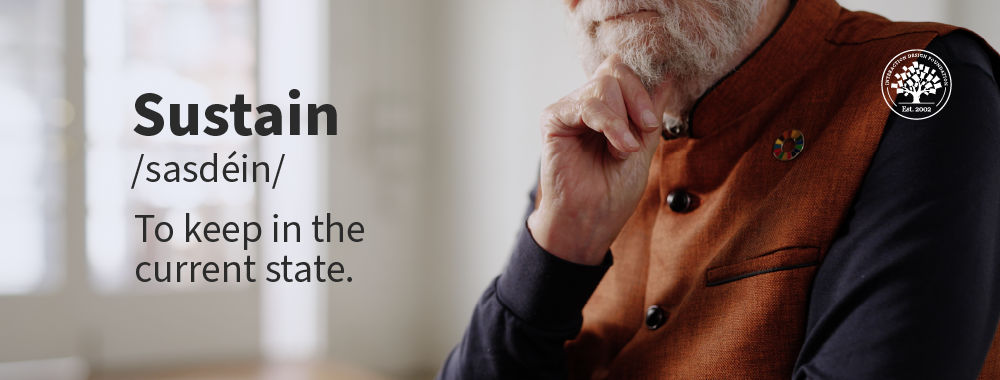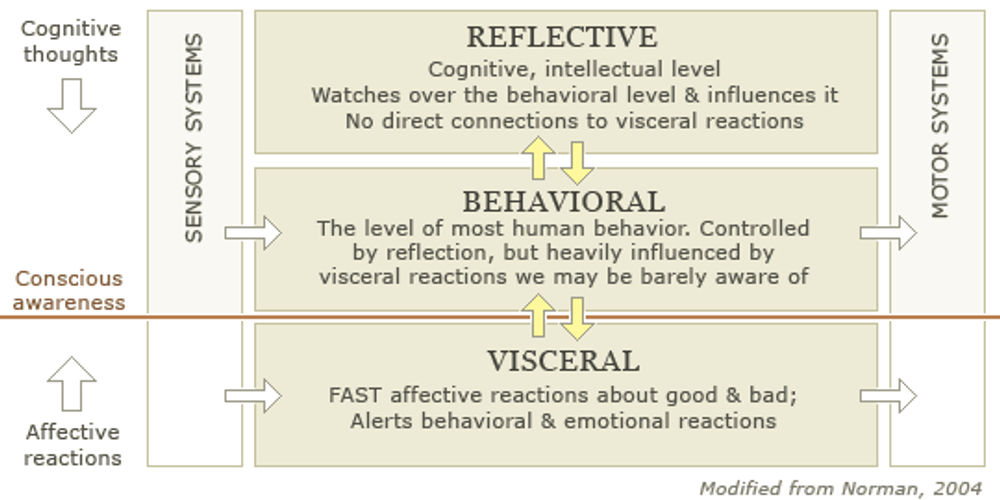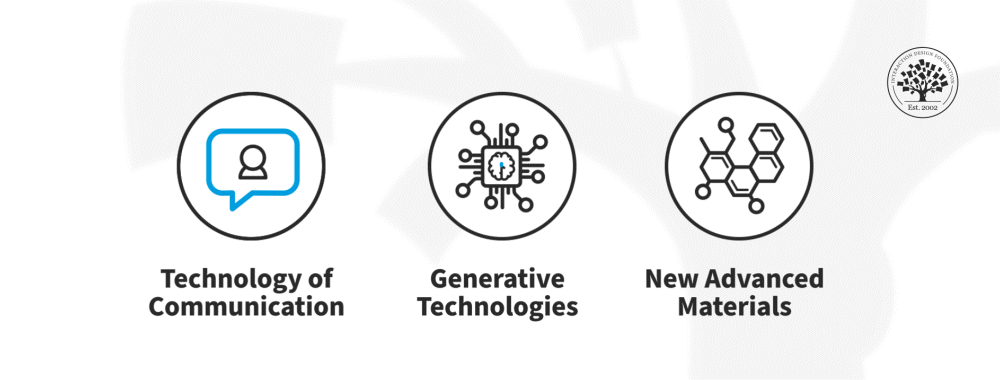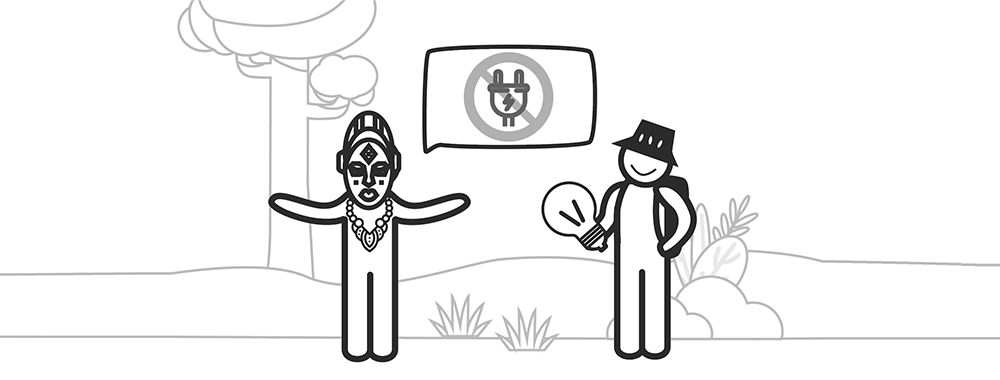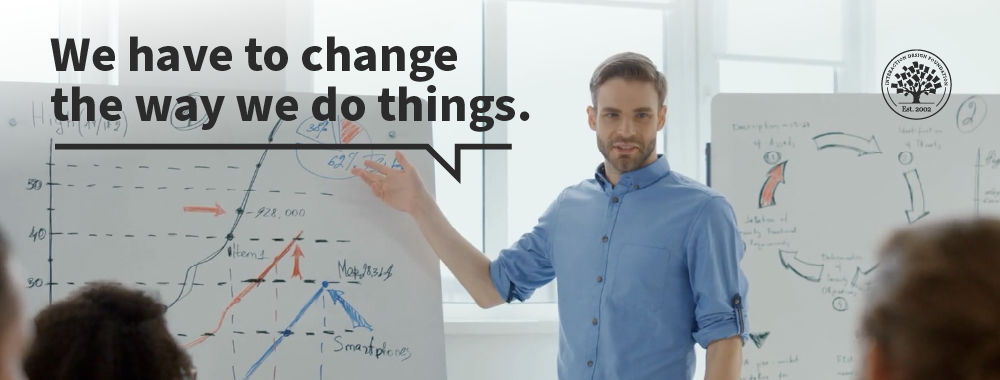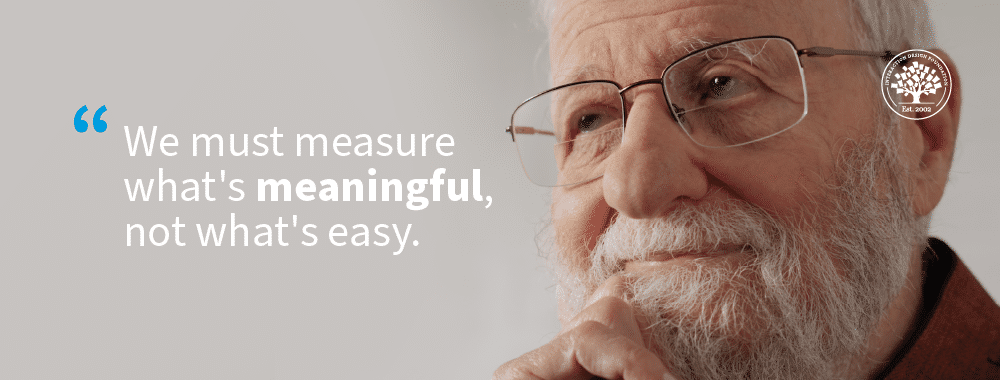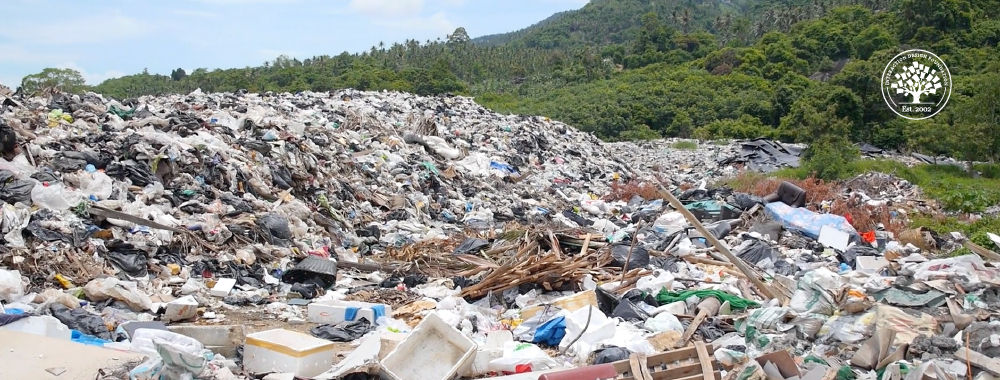Sustainable design. Sustainable fashion. Sustainable living. We often hear these terms in marketing campaigns and popular media. But what does sustainability mean and why does pioneer of User Experience Design Don Norman think that sustainability shouldn’t be our goal when we design?
In this video, Don Norman: Father of User Experience design, author of the legendary book The Design of Everyday Things, co-founder of the Nielsen Norman Group, and former VP of the Advanced Technology Group at Apple, emphasizes how the way we communicate is as important as what we communicate.
Show
Hide
video transcript
- Transcript loading…
Just as the idea of sustainability doesn't capture the magnitude of the work ahead of us, a 2-degree increase in global temperature doesn't convey the gravity of our situation. We must show how that slight increase has disastrous consequences for millions—from extreme drought to devastating hurricanes.
What Are Viable Alternatives to Planned Obsolescence?
Planned obsolescence is the practice of deliberately shortening the life of a product to force people to buy replacements. Companies use three techniques to make their products obsolete:
Breakdown: Products that people cannot repair easily, or are extremely expensive to repair because the parts are exclusively available in select places or are expensive become obsolete through breakdown.
Progress: Products that are not designed to be upgraded easily, or new technology that is not backward compatible with older devices makes the older devices obsolete.
Fashion: When marketers pitch a certain look as new or fashionable, people with older (or previous generation) products feel they have outdated products. Even if these are in perfect working condition, people seek replacements.
One of the prime examples of planned obsolescence are smartphones and laptops that become obsolete within a year or two.
Case Study: Smartphones
Apple’s iPhones set the trend for “unibody” cases that did not have detachable batteries. Users can go to a service center and have the phone batteries replaced. But beyond that, the phone cannot be upgraded.
Further, Apple only allows certain retailers to do work on their products, and oftentimes voids warranties if anyone else modifies them. This forces the consumer to buy a new device instead of repairing the original device.
As opposed to Apple’s single-body devices, assembled desktop PCs allow users to switch out different parts of the machine to incrementally upgrade its performance without replacing the entire unit. Some companies have taken steps to make their devices as reusable and upgradeable as possible.
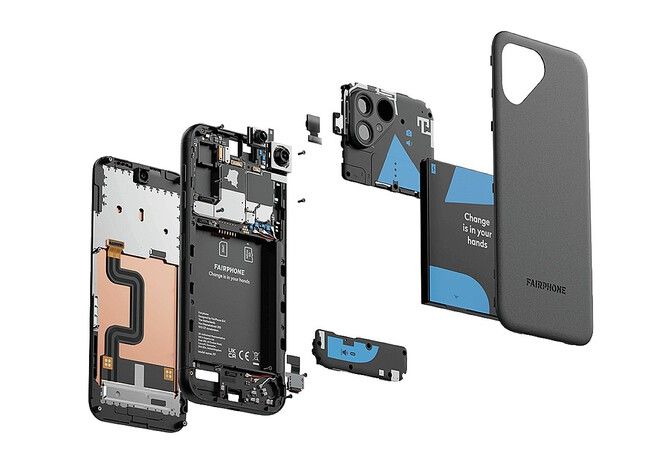
The Fairphone brings the assembled Desktop PC model to smartphones. Their website claims, “You don’t need to be an expert to swap out the battery or display. No part of Fairphone 5 is glued shut, so you can choose to easily repair it yourself with a standard screwdriver.”
© Fairphone, Fair use
Fairphone is just one example of a company that looks beyond selling a product. There are limitless opportunities for such a model across every industry.
Show
Hide
video transcript
- Transcript loading…
Apple has faced criticisms for its design decisions and the e-waste that it encourages. To Apple’s credit, it has tried to reduce its wasteful practices. For example, the company has a trade-in policy that lets buyers get a new device at a discount. The company refurbishes the older device and sells it through its distribution chain. Apple also ensures all its operating systems are backward compatible, so that everyone enjoys the latest OS, even if they have an older device. Coupled with long-lasting hardware, the company pitches itself as a planet-friendly organization that reduces waste.
The Take Away
Sustainability means to maintain the current state. As the world continues to produce waste, landfills and carbon-emissions-saturated air have disturbed the ecosystem of the planet. If we were to continue to maintain the current state, the future would be bleak. In other words, we cannot sustain the unsustainable.
Businesses and designers must change the way we design and our business models. We must think of ways to make products repairable and long-lasting—we need to adopt a circular economy. More importantly, we must think beyond just selling products. We must consider every component of the system—where and how we get our raw materials, how can we make them as modular as possible, and how do we bring back older products and disassemble them to put them back into the manufacturing process?
A systems approach also allows companies to reduce costs and explore multiple revenue streams (for example, through the sale of spare parts).
References and Where to Learn More
Don Norman covers sustainability (and why it isn’t enough) in more detail in his book Design for a Better World: Meaningful, Sustainable, Humanity Centered.
Additional resources from the book “Design for a Better World” are available at the Resources for DBW website.
Ready to shape the future, not just watch it happen? Join the Father of UX Design, Don Norman, in his two courses, Design for the 21st Century and Design for a Better World, and turn your care for people and the planet into design skills that elevate your impact, your confidence, and your career.
